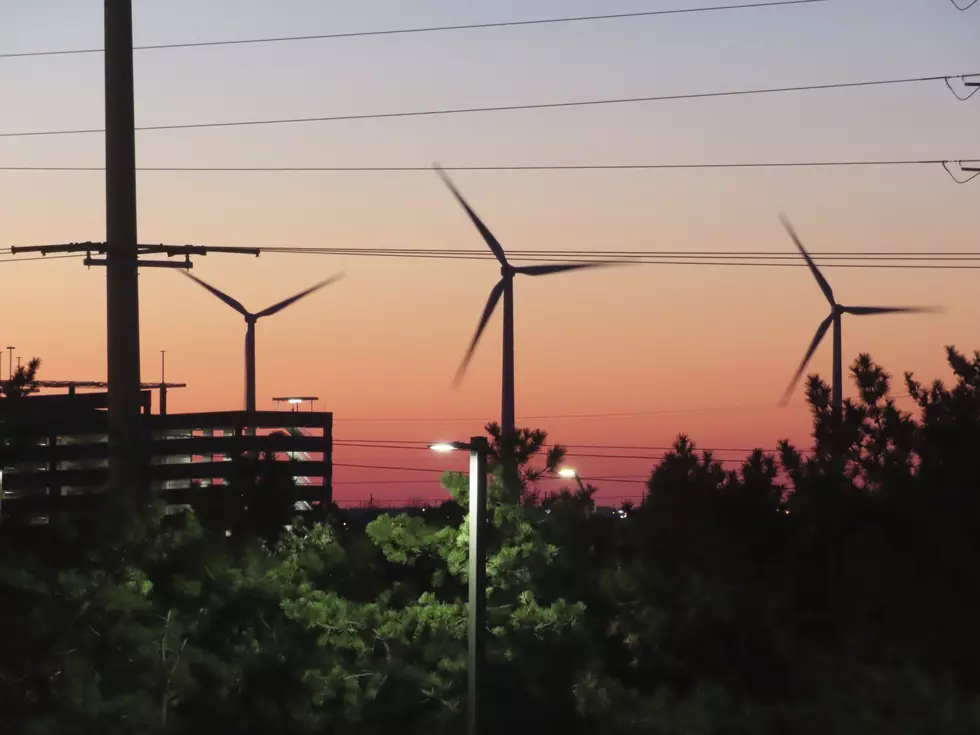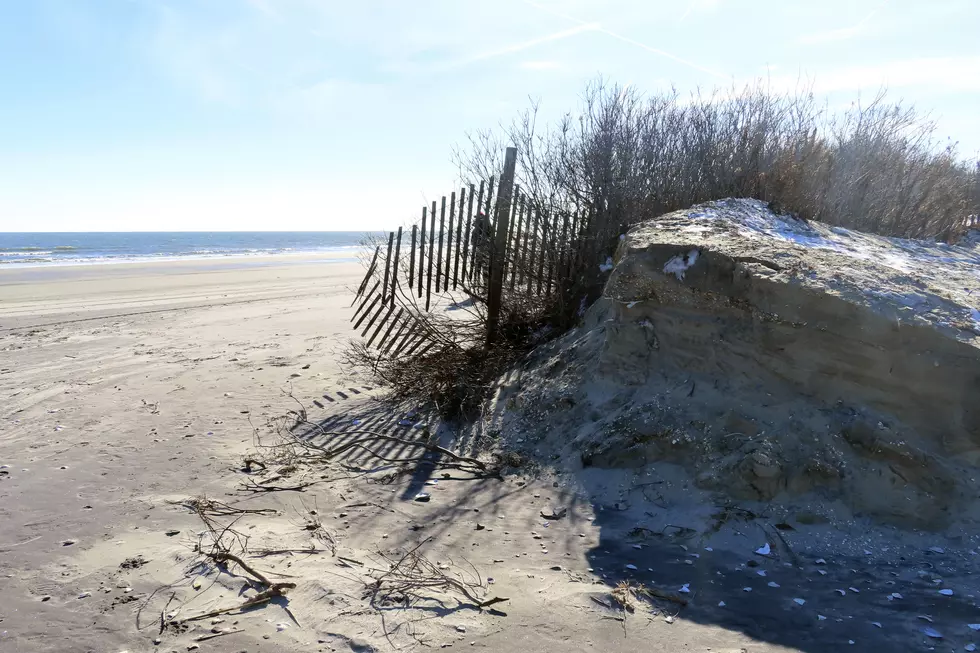
The Johnstown Flood Was 125 Years Ago Today
A privately owned dam collapsed in western Pennsylvania 125 years ago on May 31, 1889, unleashing a flood that killed 2,209 people. The terrible stories from the Johnstown Flood of 1889 are still part of lore because of the gruesome nature of many of the deaths and the key role it played in the rise of the American Red Cross. Here's some of what's known about the flood, one of the deadliest natural disasters in U.S. history.
WHOSE DAM WAS IT?
The dam and the large lake behind it were the private property of an exclusive vacation retreat made up of 19th-century industrial barons including Andrew Carnegie, Henry Clay Frick and Andrew Mellon. Warnings about the safety of the dam had been ignored.
WHAT HAPPENED?
The dam collapsed around 3 p.m. after heavy rains and runoff from hillsides that had been clear cut of timber raised the lake level. The dam was about 15 miles upstream from Johnstown, Pennsylvania, a steel mill town of more than 10,000 people. The collapse sent a surge of water over 30 feet high down the Little Conemaugh River Valley, sweeping away smaller communities, 1,600 homes, people and even locomotives. About 4 square miles of downtown Johnstown were destroyed.
TALES OF SURVIVAL
Some people survived by clinging to the tops of barns and homes. Gertrude Quinn Slattery, 6, floated through the wreckage on a roof, and when it came close to the shore a man tossed her through the air to others on land, who caught her.
WHERE THE BODIES ENDED UP
The body of one victim was found more than 100 miles away in Steubenville, Ohio. Bodies filled morgues in Johnstown and river towns downstream until relatives came to identify them.
HORROR STORIES
Anna Fenn Maxwell's husband was washed away by the flood; she was trapped in the family home with seven children as the water rose. Maxwell survived, but all of her children drowned. "What I suffered, with the bodies of my seven children floating around me in the gloom, can never be told," she later recalled.
FLAMING DEBRIS PILE
The floating houses and barns caused a tide of debris to back up at a downtown stone bridge, creating a 30-acre pile. Then the debris caught fire, burning some of the flood survivors there to death.
RED CROSS RISING
The flood was the first major natural disaster in which the American Red Cross played a major role. Clara Barton and five workers arrived in Johnstown on June 5, less than a week after the flood.
WHAT NEW RESEARCH SHOWS
University of Pittsburgh-Johnstown researchers have used ground-penetrating radar and computers to analyze the dam site and the volume and speed of floodwaters that hit Johnstown at 4:07 p.m., an hour after the break. Richard Burkert, president of the Johnstown Area Heritage Association, says the research suggests that the dam "was in much poorer shape" than previously known. It also suggests that the dam had been designed with two spillways to handle periods of heavy rain, but only one was in use.
AUTHOR DAVID MCCULLOUGH'S TAKE
"The Johnstown flood was not an act of God or nature. It was brought by human failure, human shortsightedness and selfishness," he said in a 2003 interview.
NOT JOHNSTOWN'S LAST DISASTER
Despite extensive flood control measures, about two dozen people died in a March 1936 flood, and 85 died in in a July 1977 flood that caused over $300 million in property damage. The fear of big floods remains. University of Pittsburgh-Johnstown professor Paul Douglas Newman describes the city as a giant drain that sits at the bottom of several watersheds, all prone to flooding.
COMMEMORATIONS
The National Park Service and the local Heritage Association are holding a number of free events Saturday and Sunday to mark the 125th anniversary: http://1.usa.gov/1tirLQd
More From New Jersey 101.5 FM









